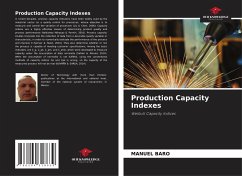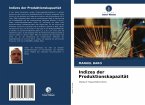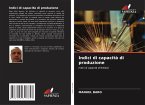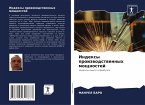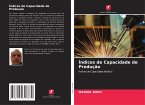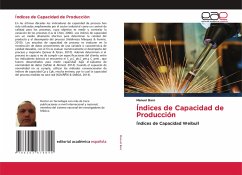In recent decades, process capacity indicators have been widely used by the industrial sector as a quality control for processes, whose objective is to measure and control the variation of processes (Liu & Chen, 2006). Capacity indices are a highly effective means of determining product quality and process performance (Valdiviezo Márquez & Fermín, 2010). Process capacity studies translate into the collection of data from a desirable quality variable or characteristic, in order to numerically evaluate the performance of the process and improve it (Senvar & Tozan, 2010). They also determine whether or not the process is capable of meeting customer specifications; Among the basic indicators are C_p, C_pk, C_pm, and C_pmk, which were developed to measure capacity under the assumption of data normality (Safdar & Ahmed, 2014). When the assumption of normality is not fulfilled, using the conventional methods of capacity indices Cp and Cpk is wrong, so the capacity of the measured process will not be real (KOVÁRÍK & SARGA, 2014).

